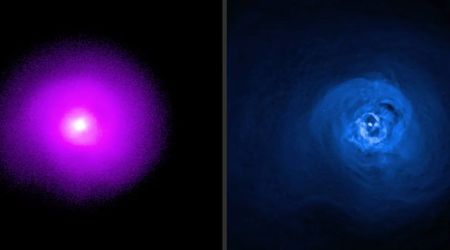Unknown asteroid flew past Earth closer than a satellite—and we didn't spot it until hours later

Astronomers were slow at spotting a small giraffe-sized asteroid that zoomed past our planet on Tuesday, September 30, 2025, at 8:47 p.m. EDT. The encounter was not discovered until hours later as the space rock flew over Antarctica at just 265 miles above Earth's surface, according to the European Space Agency (ESA). First observed by the Catalina Sky Survey, the asteroid was estimated to be between 3.3 and 9.8 feet wide and never posed a danger to Earth.
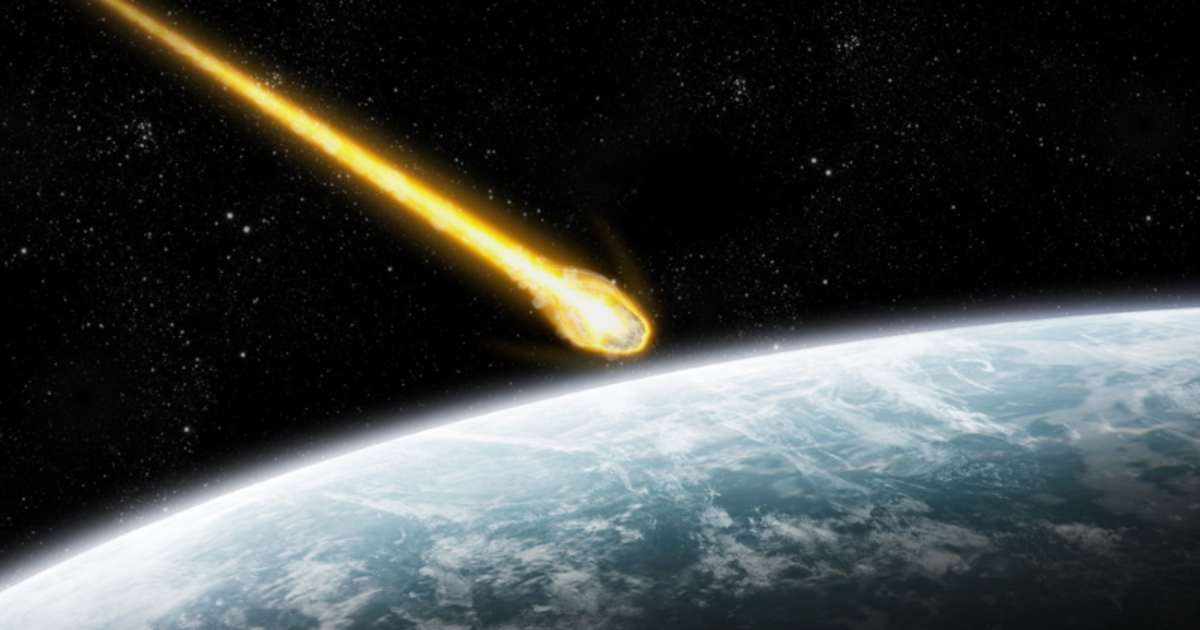
However, even small asteroids can cause problems for spacecraft, and this one zoomed past at about the same altitude as the International Space Station (229 to 285 miles approx.). Fortunately, their paths did not cross. Once discovered, astronomers at ESA’s Planetary Defense Office observed the object, now named 2025 TF, using the Las Cumbres Observatory telescope in Siding Spring, Australia. In what was a commendable feat, they were able to track down the meter-scale object, despite its location being uncertain.
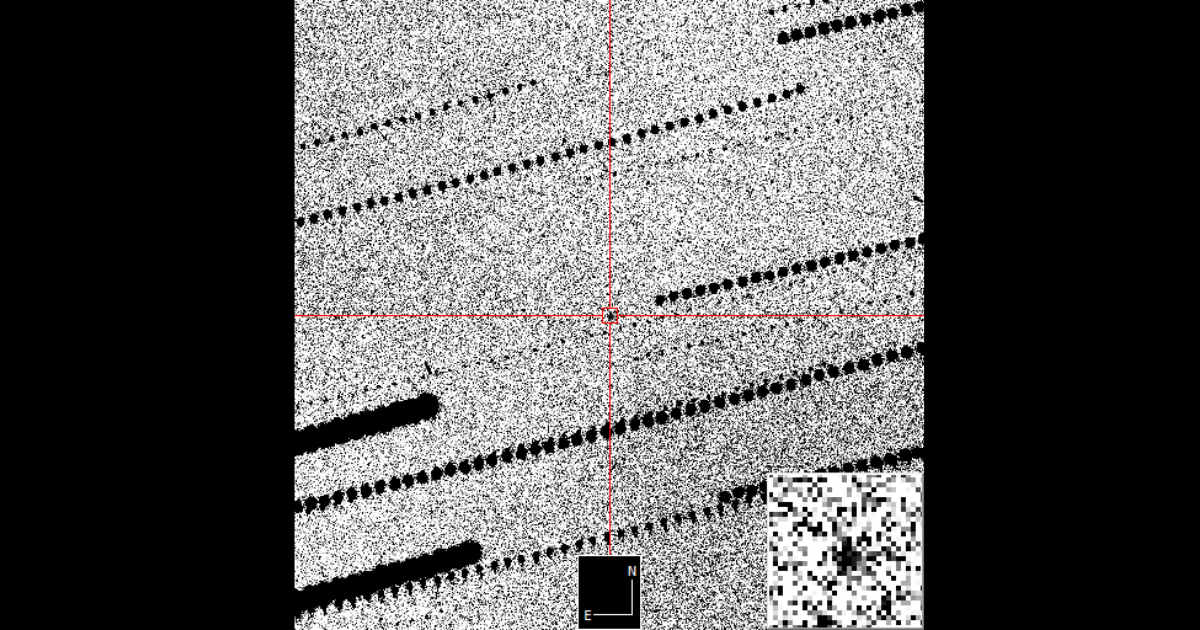
This observation helped astronomers discern the close approach distance and time of the object with great precision. No announcement on the asteroid was made by NASA, which kept all its work on hold due to the U.S. government shutdown. However, an entry on the asteroid was made in an update on NASA's Center for Near-Earth Object Studies website. The space rock is not expected to fly by our planet again until April of 2087, as per Live Science. Thousands of such known near-Earth objects are tracked by space agencies like NASA and ESA.
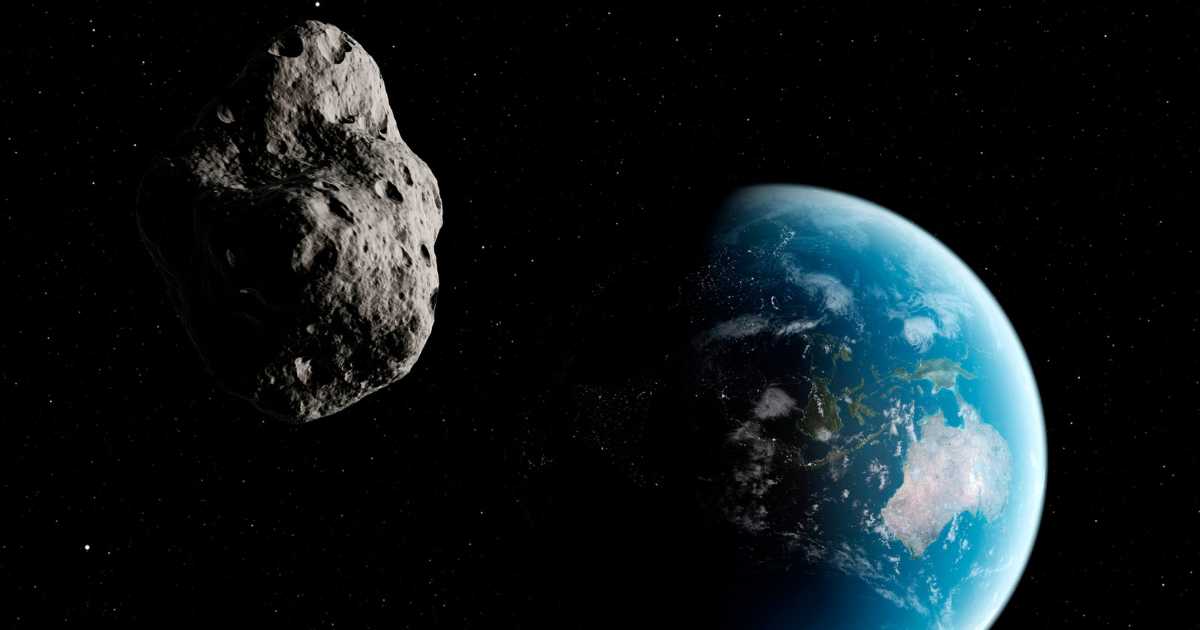
To be considered "potentially hazardous," an object must measure at least 460 feet in diameter. It should also follow an orbit that comes within 4.65 million miles of Earth, or around 20 times the average distance between Earth and the moon. However, thankfully, no known object poses a significant threat to the planet for at least a hundred years. Asteroid 2025 TF also fell short of the threshold set for size, which also explains how it went undetected until it passed by.

The asteroid 2025 TF is the second closest approach of any known asteroid, the first being 2020 VT4, as per Universe Today. It is a slightly larger asteroid that passed about 386 km above the Pacific Ocean in November 2020. This asteroid was also spotted after completing its closest approach, around 15 hours later, compared to the 6 hours taken to discover 2025 TF.
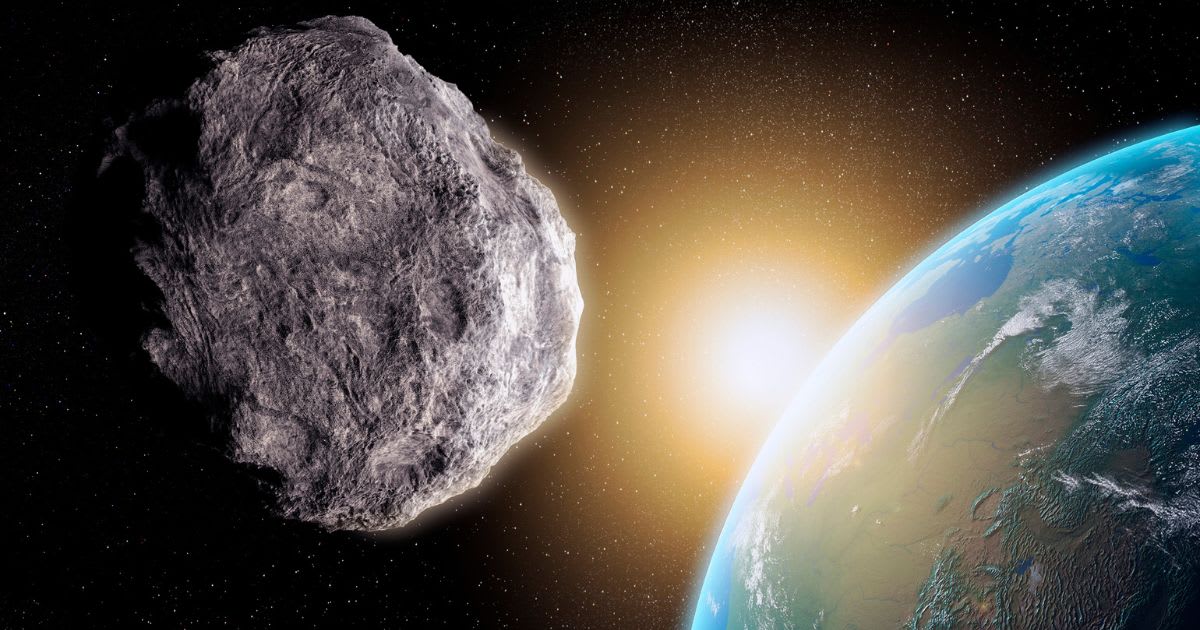
This near-miss asteroid encounter did not result in a "fireball" since the asteroid did not hit Earth's atmosphere, but skywatchers had the Draconid meteor shower peaks to look forward to at the time. Earth will also be welcoming the annual glimmer of the Geminids meteor shower soon.
More on Starlust
Giant asteroid 2025 RL2 to make closest approach to Earth this week—when and how to watch
